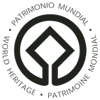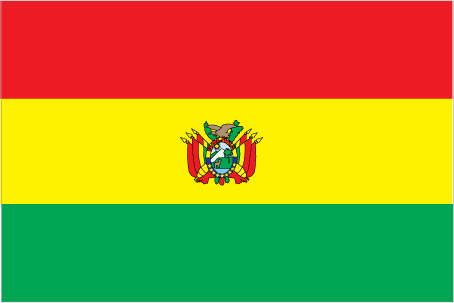 |
UNESCO World Heritage for Bolivia |
 |
|---|
UNESCO World Heritage Sites represent some of the best natural, cultural and historic attractions in world travel. Below are details of the 7 cultural, natural and mixed sites inscribed for Bolivia to date (a red World Heritage symbol denotes a site currently regarded as endangered). For more details of these properties, click on the links to the UNESCO website and the photographic galleries of these sites from OurPlace (where available) or see our highlights of Bolivia for descriptions. Also, check out UNESCO's Intangible Cultural Heritage for Bolivia below.
 | 1987 - City of Potosí | Cultural site | |
|---|---|---|---|
 | 1990 - Jesuit Missions of the Chiquitos | Cultural site | |
 | 1991 - Historic City of Sucre | Cultural site |
 |
 | 1998 - Fuerte de Samaipata | Cultural site |
 |
 | 2000 - Tiwanaku: Spiritual and Political Centre of the Tiwanaku Culture | Cultural site | |
 | 2000 - Noel Kempff Mercado National Park | Natural site | |
 | 2014 - Qhapaq Ñan, Andean Road System | Cultural site |
 City of Potosí |  Historic City of Sucre |  Tiwanaku: Spiritual and Political Centre of the Tiwanaku Culture |  Noel Kempff Mercado National Park |

Intangible Cultural Heritage
Recently UNESCO has begun to document the world's Intangible Cultural Heritage which includes "traditions or living expressions inherited from our ancestors and passed on to our descendants, such as oral traditions, performing arts, social practices, rituals, festive events, knowledge and practices concerning nature and the universe or the knowledge and skills to produce traditional crafts". The current listings for Bolivia are shown below - click on the links for more details.
Representative List of the Intangible Cultural Heritage of Humanity
 | 2008 - Andean cosmovision of the Kallawaya |
|---|---|
 | 2008 - Carnival of Oruro |
 | 2012 - Ichapekene Piesta, the biggest festival of San Ignacio de Moxos |
Programmes, projects and activities for the safeguarding of intangible cultural heritage considered to best reflect the principles and objectives of the Convention
 | 2009 - Safeguarding intangible cultural heritage of Aymara communities in Bolivia, Chile and Peru |
|---|

